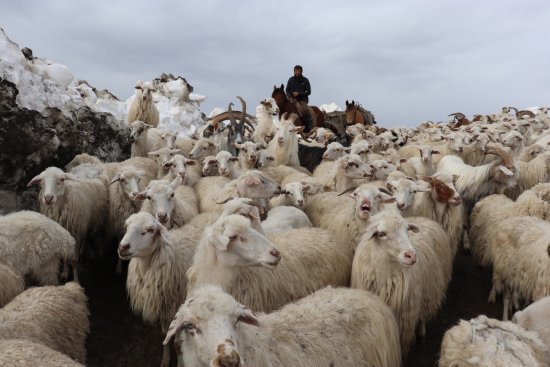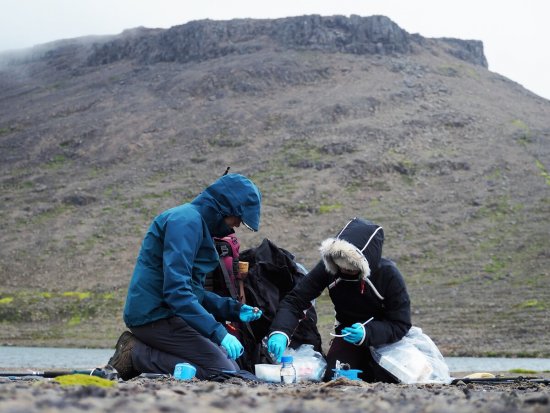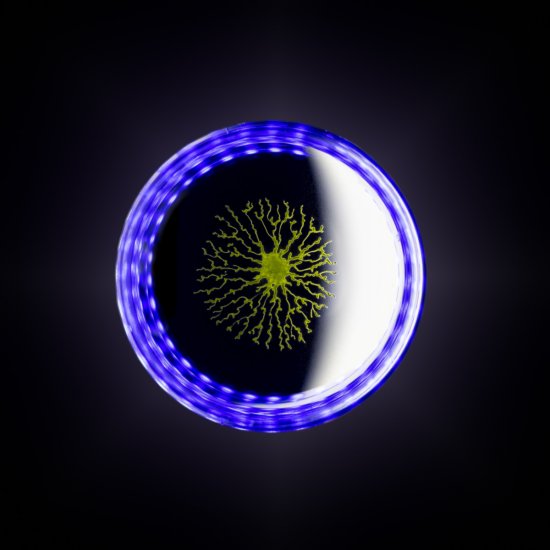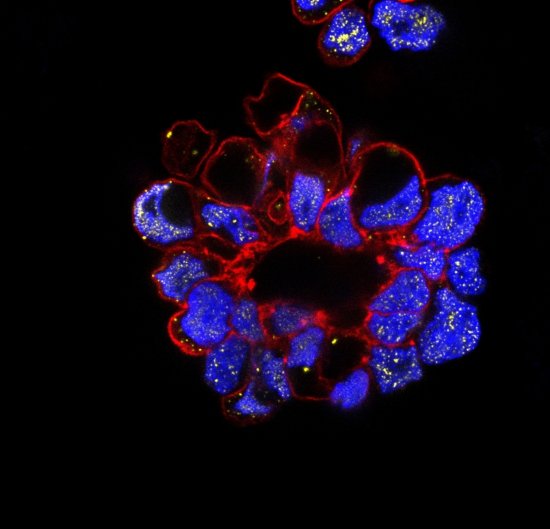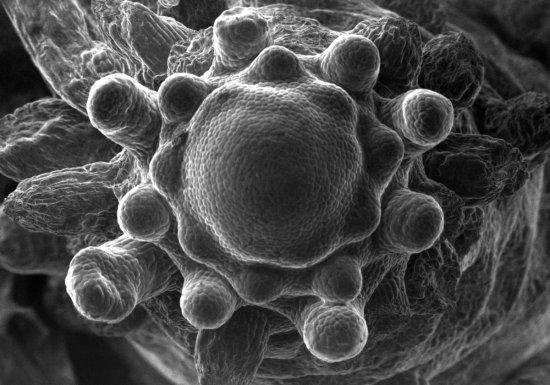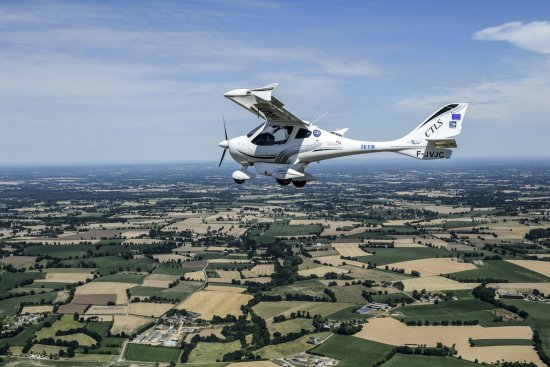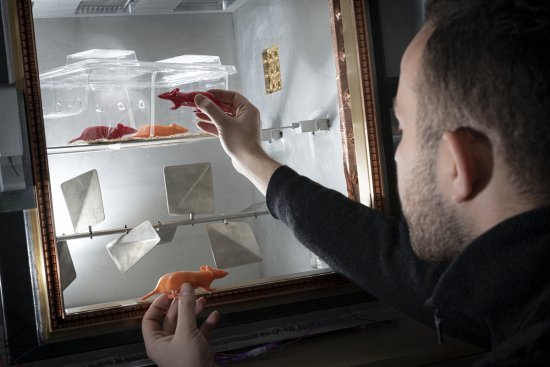
Photo report
The 20 winning photos of La preuve par l'image (LPPI) 2023
The winners of the new edition of the "La preuve par l'image" competition, organised by the CNRS with its Quebec partner Acfas, are here. Discover these twenty fascinating photos and images, the result of ambitious research.

Scientific topics
CNRS Images,
Our work is guided by the way scientists question the world around them and we translate their research into images to help people to understand the world better and to awaken their curiosity and wonderment.





